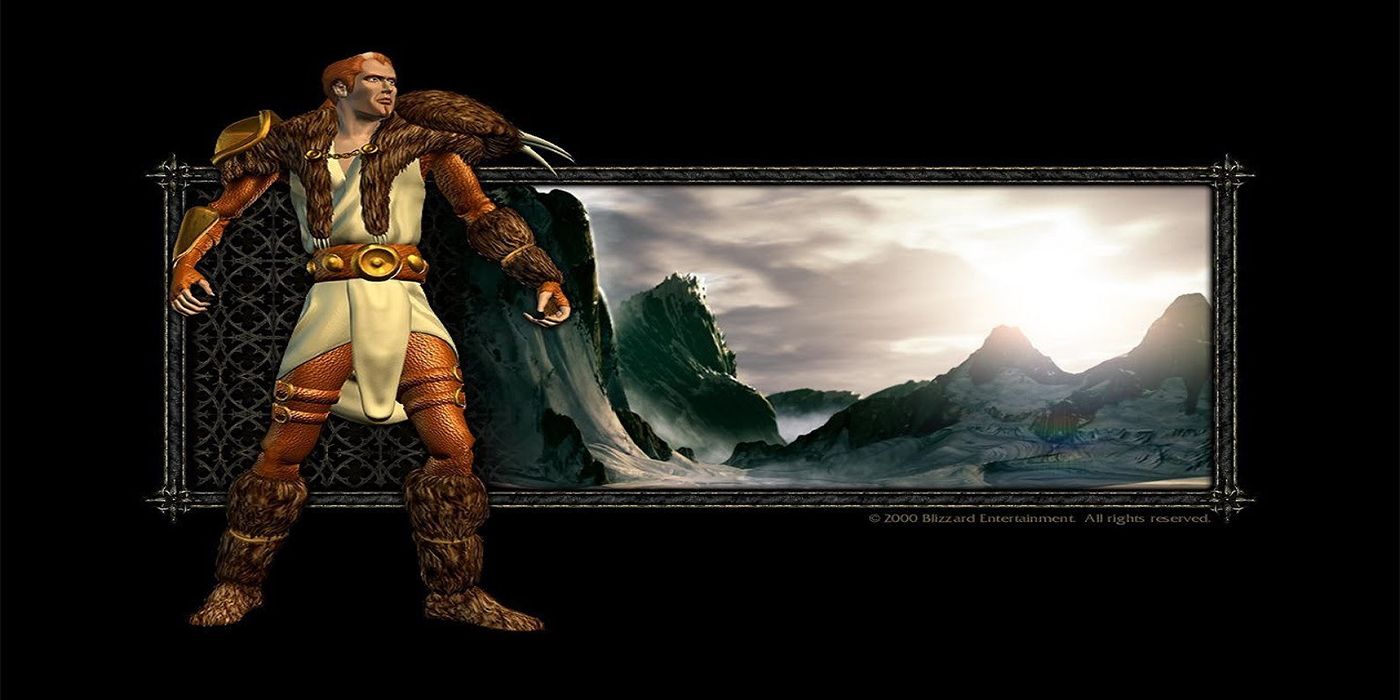

Similar legends can be found in Islamic folklore. When King Solomon returned, Asmodai fled from his wrath. He then changed places for some years with King Solomon.

But besides that, there is one feature in which he parallels Asmodeus, in as much as his desires turn upon Bathsheba and later Solomon's wives.Īnother Talmudic legend has King Solomon tricking Asmodai into collaborating in the construction of the Temple of Jerusalem (see: The Story of King Solomon and Ashmedai).Īnother legend depicts Asmodai throwing King Solomon over 400 leagues away from the capital by putting one wing on the ground and the other stretched skyward. In the former, he appears repeatedly in the light of a good-natured and humorous fellow. The figure of Ashmedai in the Talmud is less malign in character than the Asmodeus of Tobit.
Worst character diablo 2 free#
Perhaps Asmodeus punishes the suitors for their carnal desire, since Tobias prays to be free from such desire and is kept safe. According to some translations, Asmodeus is strangled. By placing a fish's heart and liver on red-hot cinders, Tobias produces a smoky vapour that causes the demon to flee to Egypt, where Raphael binds him ( Tobit 8:2–3). When the young Tobias is about to marry her, Asmodeus proposes the same fate for him, but Tobias is enabled, through the counsels of his attendant angel Raphael, to render him innocuous. In the New Jerusalem Bible translation, he is described as "the worst of demons" ( Tobit 3:8). The Asmodeus of the Book of Tobit is hostile to Sarah, Raguel's daughter, ( Tobit 6:13) and slays seven successive husbands on their wedding nights, impeding the sexual consummation of the marriages.
Worst character diablo 2 full#
The full name "Ashmedai" is not found in the standard Masoretic canon of the Hebrew Bible. Furthermore it is stated that Asmodeus or Ashmedai "embodies an expression of the influence that the Persian religion or Persian popular beliefs have exercised" on Judaism. However, the Jewish Encyclopedia asserts that although 'Æshma does not occur in the Avesta in conjunction with dæva, it is probable that a fuller form, such as Æshmo-dæus, has existed, since it is paralleled by the later Pahlavi-form "Khashm-dev"'. Still, the encyclopedia proposes that the "Asmodeus" from the Apocrypha and the Testament of Solomon are not only related somewhat to Aeshma but have similar behaviour, appearance and roles, to conclude in another article under the entry "Aeshma", in the paragraph "Influence of Persian Beliefs on Judaism", that Persian Zoroastrian beliefs could have heavily influenced Judaism's theology on the long term, bearing in mind that in some texts there are crucial conceptual differences while in others there seems to be a great deal of similarity, proposing a pattern of influence over folk beliefs that would extend further to the mythology itself. The Jewish Encyclopedia of 1906 rejects the otherwise accepted etymological relation between the Persian "Æshma-dæva" and Judaism's "Ashmodai" claiming that the particle "-dæva" could not have become "-dai" and that Æshma-dæva as such-a compound name-never appears in Persian sacred texts. Some traditions have subsequently identified Shamdon as the father of Asmodeus. The name is alternatively spelled in the bastardized forms (based on the basic consonants אשמדאי, ʾŠMDʾY) Hashmedai (חַשְמְדּאָי, Ḥašmədʾāy also Hashmodai, Hasmodai, Khashmodai, Khasmodai), Hammadai (חַמַּדּאָי, Hammadʾāy also Khammadai), Shamdon (שַׁמְדּוֹן, Šamdōn), and Shidonai (שִׁדֹנאָי, Šīdōnʾāy). The spellings Asmodai, Asmodee (also Asmodée), Osmodeus, and Osmodai have also been used. In the Zoroastrian and Middle Persian demonology, there did exist the conjuncted form khashm-dev ( خشم + دیو), where both terms are cognates. It is nonetheless likely that such a form did exist, and that the Book of Tobit's "Asmodaios" ( Ἀσμοδαῖος) and the Talmud's "Ashmedai" ( אשמדאי) reflect it. While the daēva Aēšma is thus Zoroastrianism's demon of wrath and is also well-attested as such, the compound aēšma-daēva is not attested in scripture. The name Asmodai is believed to derive from the Avestan *aēšma-daēva (𐬀𐬉𐬴𐬨𐬀𐬛𐬀𐬉𐬎𐬎𐬀*, * aēṣ̌madaēuua), where aēšma means "wrath", and daēva signifies "demon". The figure of Asmodeus in Rennes-le-Château


 0 kommentar(er)
0 kommentar(er)
